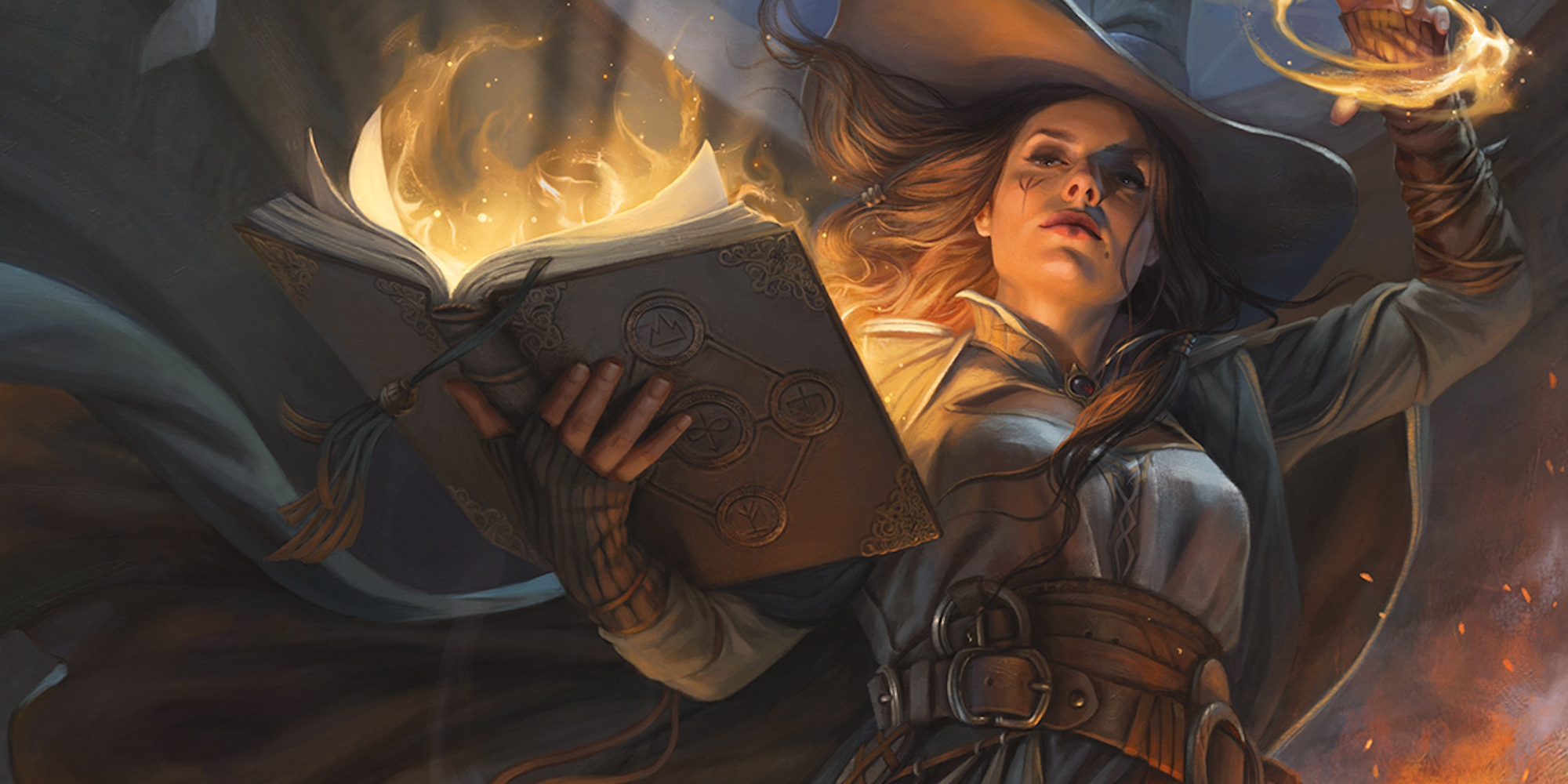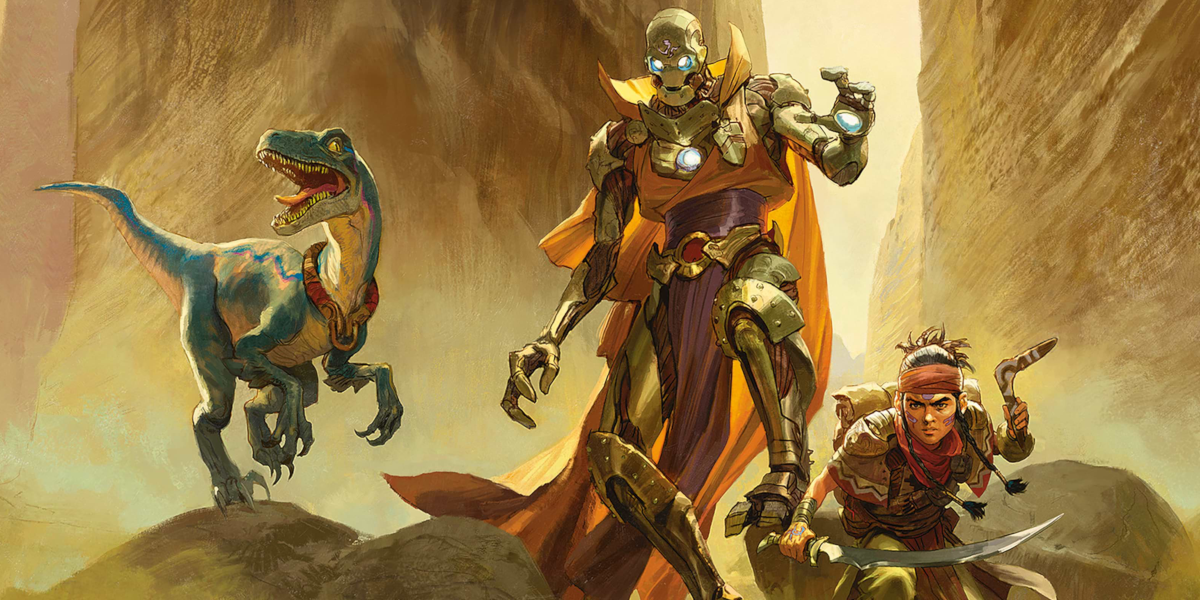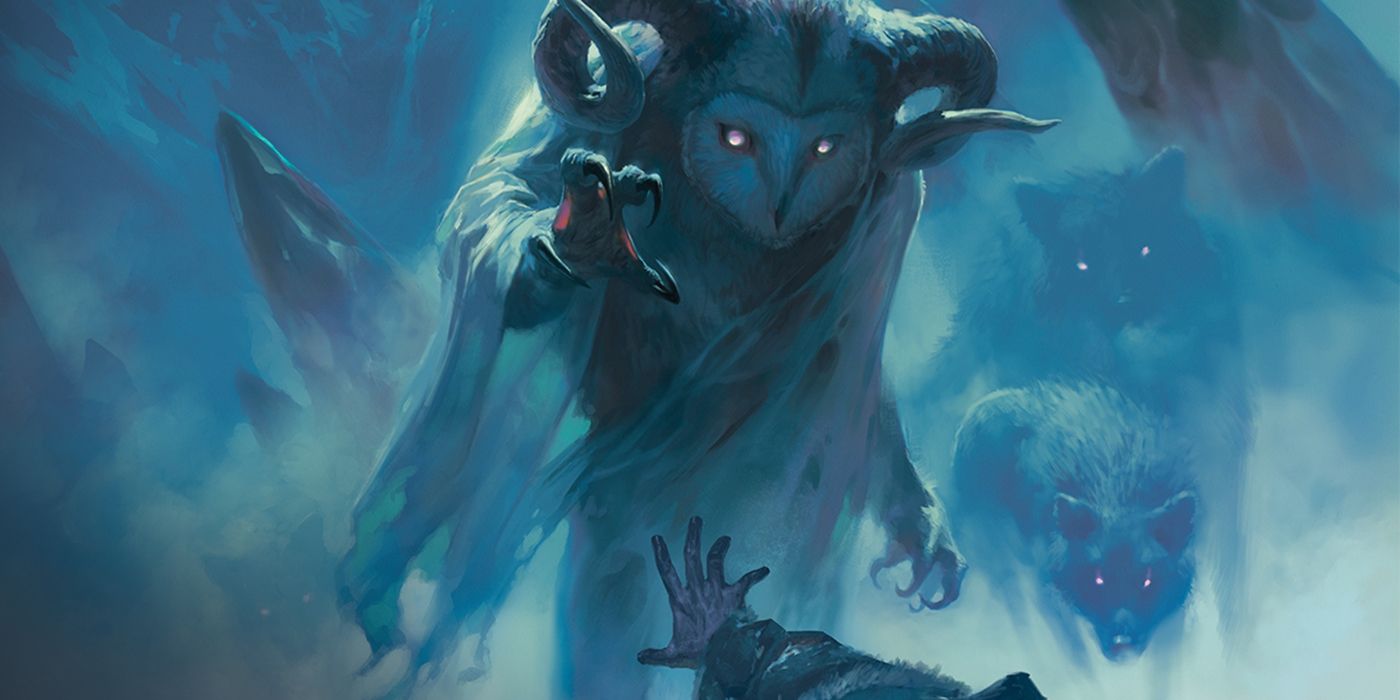November will see perhaps the biggest set of rule additions to Dungeons & Dragons since the release of Fifth Edition when Tasha's Cauldron of Everything hits shelves. Although the rule supplements in Tasha's will be completely optional, some of those revealed include customizable racial traits, expanded subclasses, new feats, magic tattoos, and parleying with monsters. Many of these rules will help fill out what many consider to be a spare ruleset compared to previous editions, and since they're all optional, DMs can tailor them to their heart's content.
Among the bigger announcements in Tasha's is the inclusion of Group Patrons, a feature that Wizards of the Coast first published in their campaign sourcebook Eberron: Rising from the Last War. Patrons have the potential to shape entire campaigns from character concept to triumphant final encounter. What can we expect from group patrons, and how exactly will they change the game?
First, it's important to remember that patrons will be entirely optional. No one has to include them. But even if your party isn't interested for their characters, patrons may be used by the GM to create and shape villains or opposing forces. In short, patrons are powerful movers and shakers in the world. They are rich, powerful, and always have an agenda, be it for good or evil.
Eberron: Rising from the Last War included patrons in the Character Creation chapter, which suggests that these organizations and characters can play a role in the very concept of a player character. Jeremy Crawford, the lead designer of 5e, said in an interview with James Wyatt that one challenge new parties have is to come together with a unified "group background." Patrons solve that problem. Patrons tie a group together, uniting them around a common purpose or connecting them to a collective bond. Moreover, patrons provide roles for a character's background. A standard "acolyte" background looks much different if the whole party works for the Church of the Silver Flame than if only one character has a tie to that organization. A soldier background, meanwhile, could become a bodyguard for a newspaper patron.
Patrons can also provide new opportunities for storytelling. Instead of meeting in a tavern, for instance, a new party might meet on a shipping guild boat and meet their contact, a guild agent who hires the party to secure new ports to expand their trade empire. Eberron offers 11 different options for patrons: from the basic "Adventurer's Guild" to the powerful "Dragonmarked House" and the more esoteric "Newspaper" or "University." Not only do these patrons offer rich veins of narrative material, but they also create new ways to play the game itself.
As Dungeons & Dragons has evolved with its newest generation of players, great demand has risen to provide alternatives to the dungeon-delving hack and slash formula many associate with the game. While a "Military Force" patron might engage in typical D&D adventures, roaming the world, fighting for justice or coin, a "Head of State" patron might ask players to engage in diplomatic quests, where negotiation and relationship-building are the primary plot points. A Newspaper patron, on the other hand, might send its reporter-players into enemy terrain not to fight but to get the story. And a University might employ characters not to get the best magical loot for themselves, but to collect it and restore the objects where they belong, like a D&D Indiana Jones.
Of course, many players and DMs don't want their missions given to them by some higher power, especially if that power is an "Immortal Being" with nebulous motivations. For such groups, Eberron suggests a player-driven patron. An entire story arc could involve establishing a new organization that will support the party's goals. Creating a new organization will have the benefit of granting players more agency since they'll be their own bosses, but as entrepreneurs often discover, such freedom comes at a price.
Patrons aren't just narrative engines that provide NPCs, character roles, and conflict. They also offer mechanical in-game "benefits." Benefits are tangible rewards for players' contributions to their patron organization. These may come in the form of "compensation, equipment, privileges and proficiencies." Benefits scale with experience and should be appropriate to the patron and the kind of work done for them. Players running their own patron organizations might not reap as many benefits, but they will be able to make all their own decisions.
While Patrons aren't exactly as controversial an addition as the customizable racial traits, they are possibly the single most significant addition for the whole group. Patron organizations are full of fascinating NPCs to fill up the DMs world. They can bring a group together with a virtually unlimited number of possible motivations and storylines. And they provide clear ties from a character to their role in the world and organization. Patrons can help put flesh on the bones of any D&D game, and fifth edition will be all the better for them.



